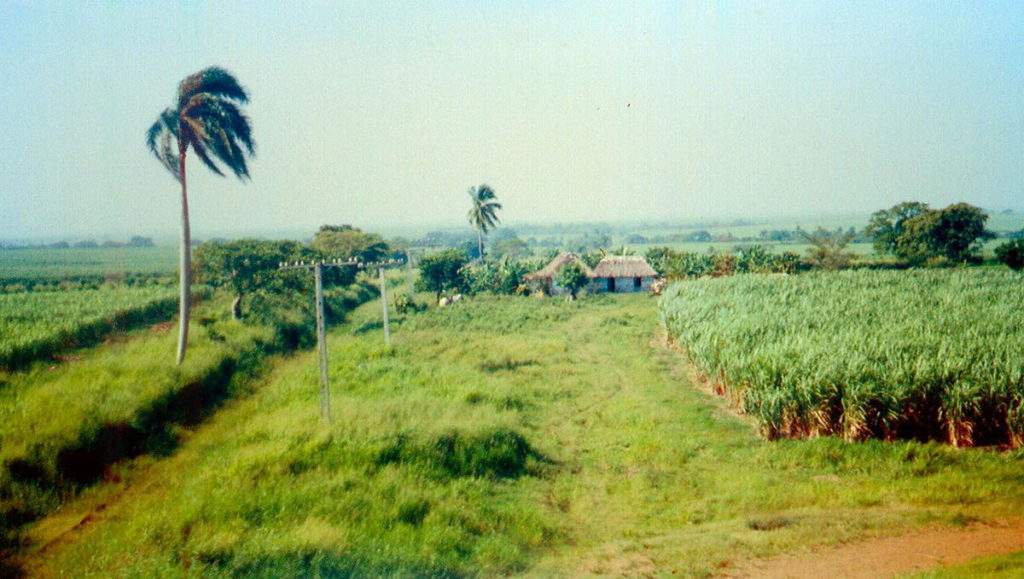HAVANA — After suffering from weather damage last year and into 2018, Cuban sugar production is expected to increase significantly in the current season now getting underway, a government minister said, but will still fall short of production and export totals from two years ago.
Cuba plans to produce 1.5 million metric tons of raw sugar during the harvest and export 920,000 metric tons, nearly a 50 percent increase, according to a closed-door presentation to parliament by the economy and planning minister.
The harvest usually begins with a few mills operating in late November, and about 50 crunching cane by mid-January as dry and cool weather set in. Most mills close by May.
This year 20 mills opened in November and at least 25 more began operations this month.
Economy Minister Alejandro Gil Fernandez said on Friday that output fell 43.7 percent during the 2017-2018 harvest, largely due to extreme weather damage, but was expected to begin a recovery, according to official media.
The Caribbean island, once a major sugar exporter, produced 1.8 million metric tons of raw sugar in 2016-2017 and exported 1.1 million metric tons, according to the International Sugar Organization.
The 2019 harvest target and export plan were part of a power point presentation that was not published, but was seen by Reuters over the weekend.
Cuba rarely meets its harvest target, but the need is especially pressing this season after the poor 2017-2018 harvest. For the first time in nearly a decade, the country has been importing some refined sugar from France to provide the sugar component of the basic food rations allocated to every family.
Cuba consumes between 600,000 and 700,000 metric tons of sugar a year and has an agreement to sell China 400,000 metric tons annually. It sells the rest on the open market.
Cuban President Miguel Diaz-Canel told the year-end parliament session on Saturday that output to date was on schedule.
Sugar was long Cuba’s most important industry and export, with output reaching eight million metric tons in 1991.
It now ranks behind sectors such as services, remittances, tourism and pharmaceuticals.



